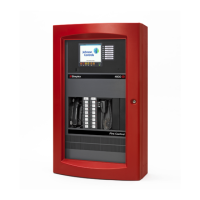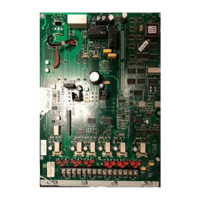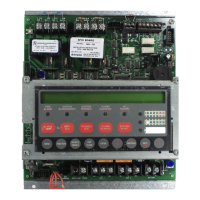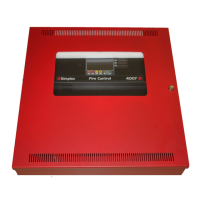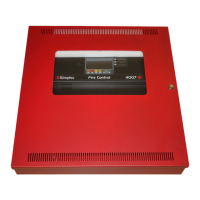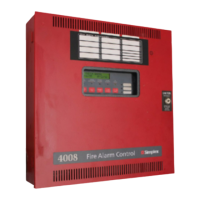What to do if the Simplex Security System indicates 'System on Batteries'?
- TTimothy GuerreroAug 15, 2025
If your Simplex Security System is running on batteries, it could be due to several reasons: * The main power supply at the distribution board might be off. * There could be a general power failure. * The main switch might be turned off. * The main fuse could be blown. To resolve this, ensure the power is turned on, check the main indicator when power returns, turn the main switch on, and replace the 8 Amp fuse if necessary.
